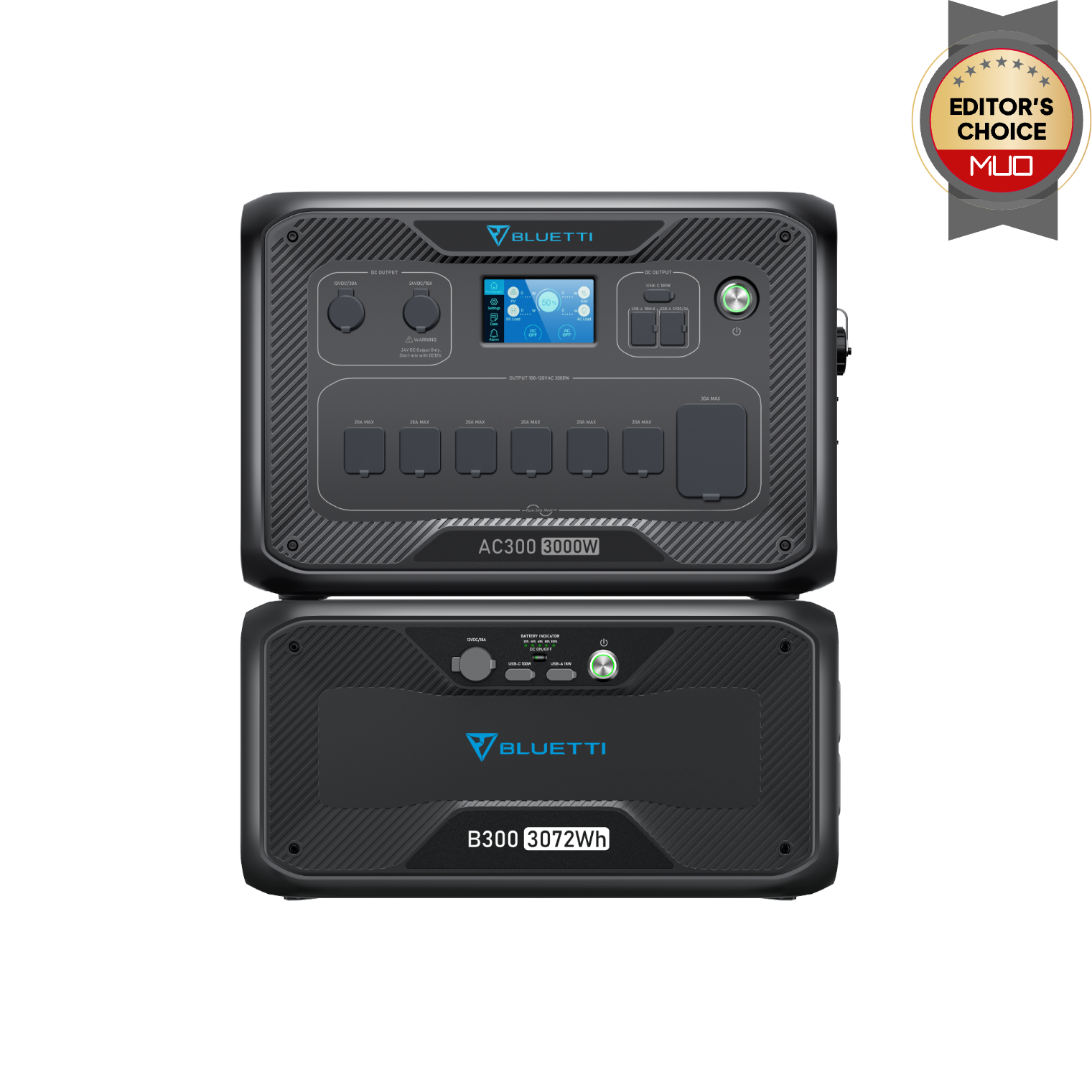He probably has 14-2 going to garage. That’s why I suggested 12-3. You can put a 20A subpanel with one 240V 15A circuit and 2 120V 15A circuits.Yes, you can limit the charge amperage from the screen of the Tesla, and it should "stick" to the value you set in a specific geographic location; however, the car's GPS is sometimes off, so it might not be 100% accurate. It'd be better to get a plug for the Mobile Connector that limits the rate, but I've never heard of one that will limit 120v charging to less than 12A. (These plugs include a chip that encodes how many amps the Mobile Connector can draw. There are third parties that sell some variants that Tesla doesn't sell.)
More broadly, I've seen some good suggestions in this thread. I particularly like the one of converting your 120v line to 240v; however, other electrical devices in the garage, including the garage door opener and lights, may need to work on 240v if you do that, unless they're on a separate circuit. Another idea I had is that you can supplement your at-home charging with various types of public charging. You've already mentioned workplace charging, but there are other types of public charging. In my area, many supermarkets, malls, parks, libraries, and other locations have public Level 2 charging available; and DC fast charging is starting to appear at more locations, too. In your situation, I would strongly recommend buying Tesla's new CCS1 adapter (or a third-party alternative), since this will enable you to DC fast charge at more locations. As you say, minimizing DC fast charging is best for the battery; but I wouldn't worry about doing a DC fast charge once or twice a month, if that's what it takes in your situation. Between your limited home charging options, your work charging options, and local DC fast charging, you should be OK. It won't be quite optimal, but it will be OK.
There's also the possibility of just biting the bullet and paying the $4-$7K for a new dedicated 240v line to the garage. That is definitely a lot of money, but it will increase the value of your property, particularly as EVs become more common.
He needs an electrician to assess what he has and get options. There are always options.
Multiple electricians may help too.





